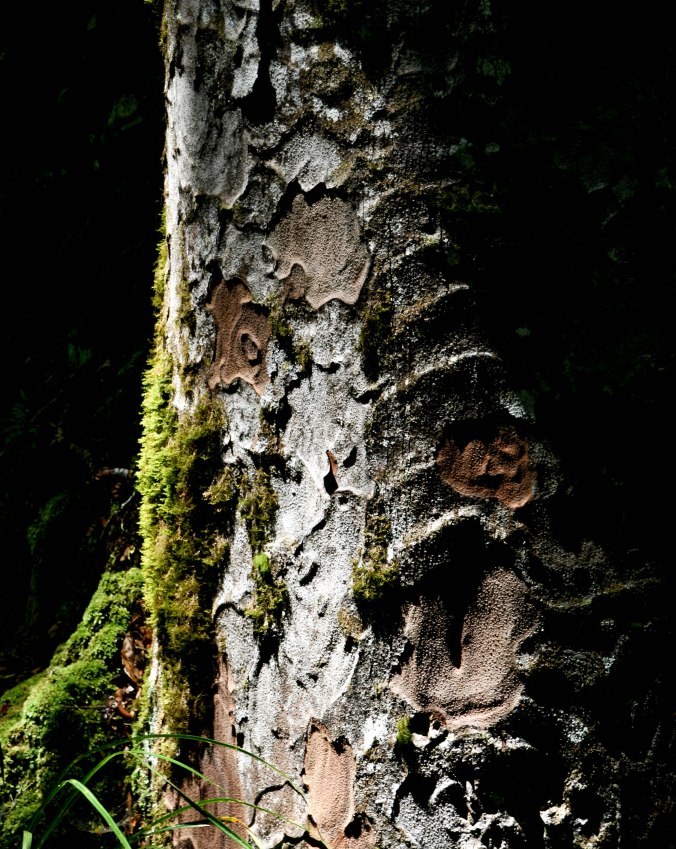Posted by Noor Rooding @noorrooding
I left the Netherlands as winter was finally coming to an end. Arriving in Auckland I have been able to experience the final glimpse of summer, before it heads into the depths of winter. Coming from the Netherlands I thought I understood rain… Sadly, Auckland has taught me that there is more to rain than I had realised.
In the Netherlands I study Applied Biology at the HAS University of Applied Science in Venlo. This is a four-year bachelor’s programme and I am currently in my third year. This year I had the opportunity to go on an internship abroad. I contacted Cate Macinnis-Ng and she was happy to get some help with some ongoing projects. This is how I ended up on the other side of the world
I have done some traveling in the past but only in Europe, so going to the other side of the world was a big step. I have been in New Zealand for two months now. One of the first things that I noticed is the average size of the New Zealander is a little bit smaller than in the Netherlands. But after all Dutch people are just tall, so it shouldn’t be a surprise. Of course, there are more obvious differences like the time difference, climate and nature. One of the major differences that has struck me is how much native bush I see, even when I am in the middle of the city.
I have also enjoyed seeing other parts of New Zealand. The Netherlands is very flat and does not have amazing things like volcanoes. I had a great experience doing the Tongariro alpine crossing and met some awesome people there. Everyone is so friendly and willing to help you. Someone even took me on a road trip the day after the walk.
As well as having lots of fun checking out your beautiful country I have also been doing some work. I am working on the litterfall project, which is an ongoing project involving many people. For this I am collecting litterfall material and sorting them into different categories such as species, branches and reproductive material. My main focus is looking at the reproductive cycle of the kauri. This involves looking at the data to date and seeing if drought has any effect on the reproductive cycle. I am expecting to see that drought conditions lead to more loss of reproductive material, such as seeds.
Coming to New Zealand has been an amazing experience that I will never forget. One of my favourite parts of my internship has been getting involved in several other projects. I was lucky to be help with the 24-hour project climbing kauri trees. It gave me the chance to climb these amazing trees and see them up close and personal.

Climbing the trees for the 24-hour project
I am here to learn and enjoy my stay in the country and experience as much as possible. If anyone needs help with anything, please feel free to contact me.

Noor is an intern visiting from The Netherlands, working with Cate Macinnis-Ng on ‘The Litterfall Project’. Contact details: noorrooding@hotmail.com




